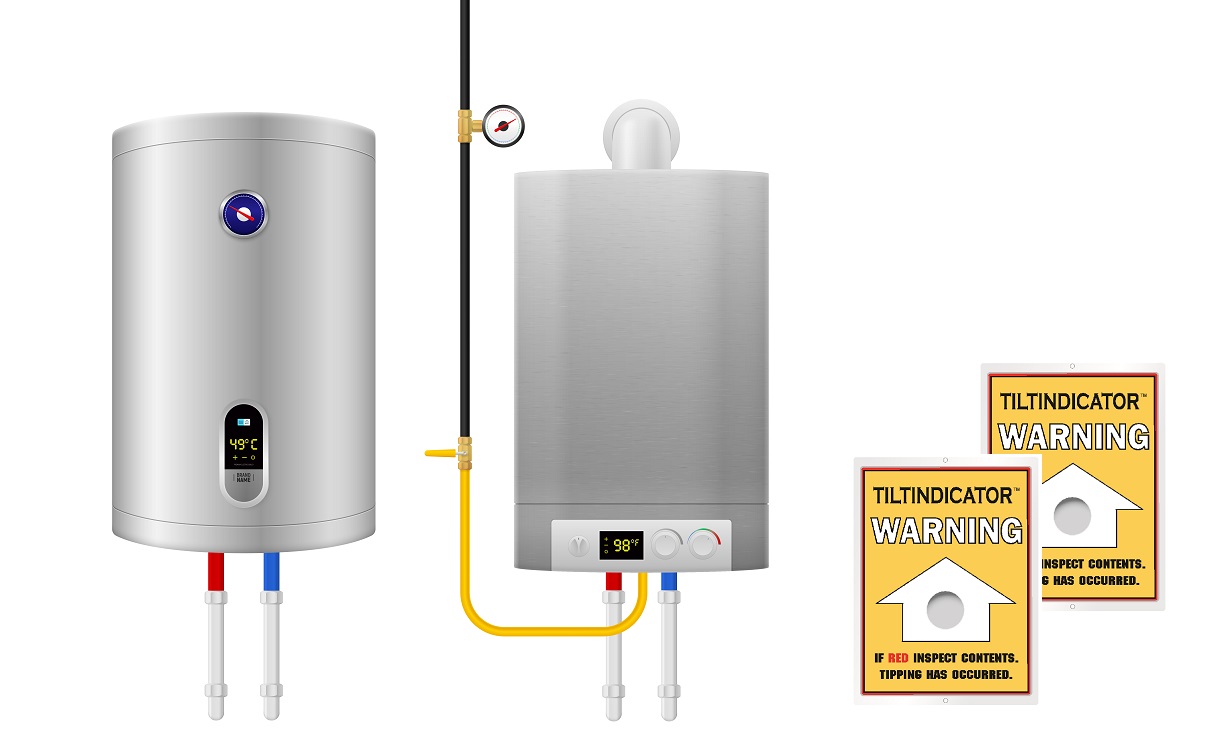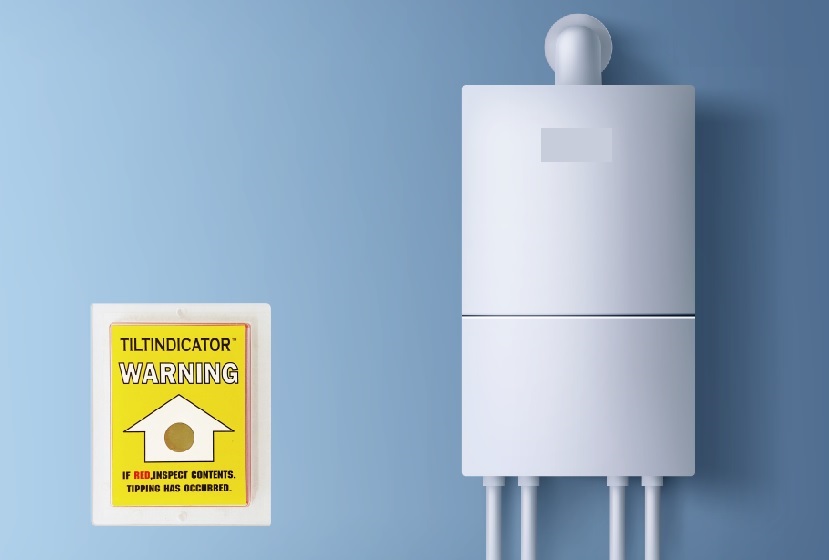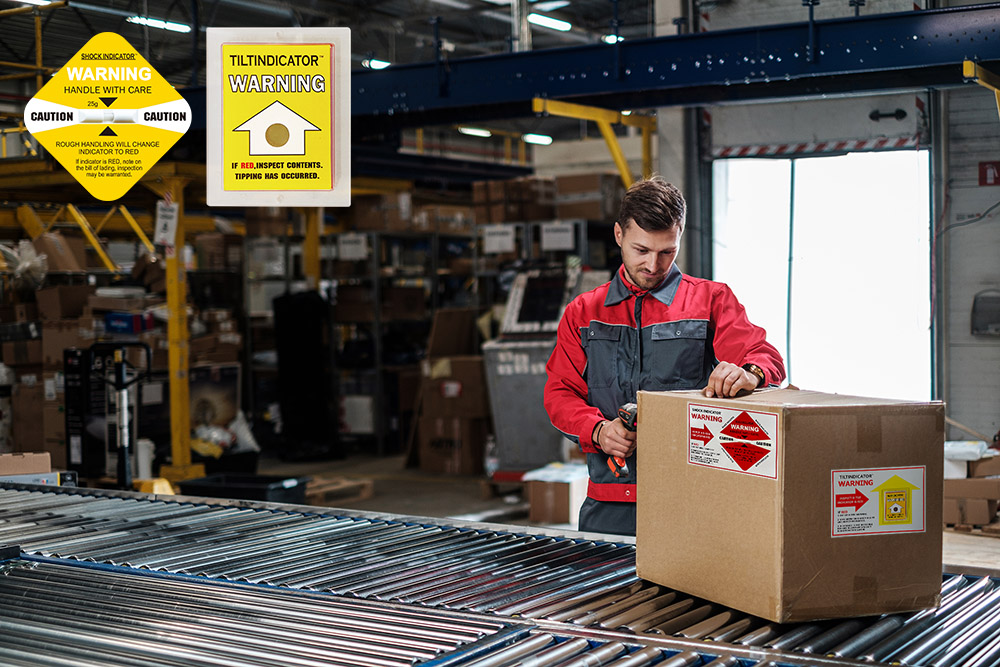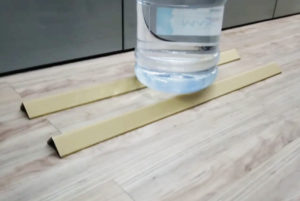There are several varieties of hot water cylinders available, each tailored to specific heating and hot water supply requirements.

A hot water cylinder, sometimes referred to as a hot water tank or hot water storage tank, serves the purpose of storing heated water for central heating. There are both commercial and domestic cylinders available to meet various daily plumbing needs.
These cylinders operate in four distinct ways: direct hot water cylinders, indirect hot water cylinders, vented hot water cylinders, and unvented hot water cylinders, each serving specific functions in heating and hot water supply systems.
How is hot water storage working?
A direct hot water storage tank, also known as an immersion heater, heats the water directly using its own heating elements, typically consisting of a metallic coil that transfers heat to the surrounding water.
Conversely, an indirect hot water storage tank, one of the most commonly used types, relies on an external heat source, typically a boiler, to heat the water and maintain its temperature.
In the case of a vented hot water storage tank, it depends on gravity to create water pressure, which may result in lower water pressure for the upper or top floors of a building.
In contrast, an unvented hot water storage tank is directly connected to the mains water supply, ensuring consistently strong water pressure, regardless of the floor on which the tap is located.
Why does it challenging to ship hot water tanks?

Hot water tanks are ideal for larger residences, providing ample storage for substantial quantities of hot water. Additionally, they serve as a reliable backup heat source, leading to a high demand from both residential and commercial customers who frequently place orders.
However, the difficulties in shipping hot water tanks are becoming increasingly apparent. The substantial weight of the tanks inevitably results in elevated shipping costs, exacerbated by the soaring prices driven by the ongoing pandemic. Moreover, our hot water tanks incorporate intricate components such as built-in gas or oil burner systems, electric immersion, temperature relief valves, and pressure relief valves. It is crucial to maintain an upright position throughout transportation to prevent any damage to these internal parts.
In the event of mishandling during transit, if the hot water tank becomes loose, tilted, or overturned, it could result in significant damage and potential consequences. The issue becomes more concerning as both our customers and we may remain unaware of the damage. Damaged hot water tanks pose the risk of leakages, which, if not addressed appropriately, can be hazardous. Additionally, such damage may compromise safety features that regulate pressure within the system, or affect the anode rod responsible for protecting the system from corrosion.
Given the exorbitant shipping costs and the heightened expectations of our customers, ensuring the secure and intact delivery of our products is paramount. In response to recommendations, we approached Shockindicator, who supplied us with samples of Tiltindicators. At that moment, we couldn’t anticipate the outcome.
What measures do we take to shield our products from shipping damage, employing tiltindicators?

Being the Tiltindicator manufacturer, Shockindicator’s solution impeccably fulfills all our requirements. This not only aids in achieving the objective of minimizing losses due to shipping damage but also contributes to reducing overall costs, thereby alleviating the prevailing tension.
Tiltindicators stand out as the optimal solution due to their widespread recognition worldwide. Nearly all handlers are familiar with these devices and understand how to handle cargo equipped with tiltindicators to prevent device activation. The clear instructions convey that maintaining an upright position throughout transportation is crucial. If mishandling results in tipping or overturning the product, the tiltindicator turns red, signaling that the handlers are accountable for any resulting loss and consequences.
Tiltindicators that turn red serve as a superior means of alerting recipients to inspect delivered items. This proactive approach enables them to identify potential issues that might go unnoticed by the naked eye. By avoiding the use of a product that is unknowingly damaged, individuals can mitigate the risk to their lives and enhance overall safety.
Reach out to SHOCKINDICATOR today to discover more about tiltindicators and secure your shipments.





